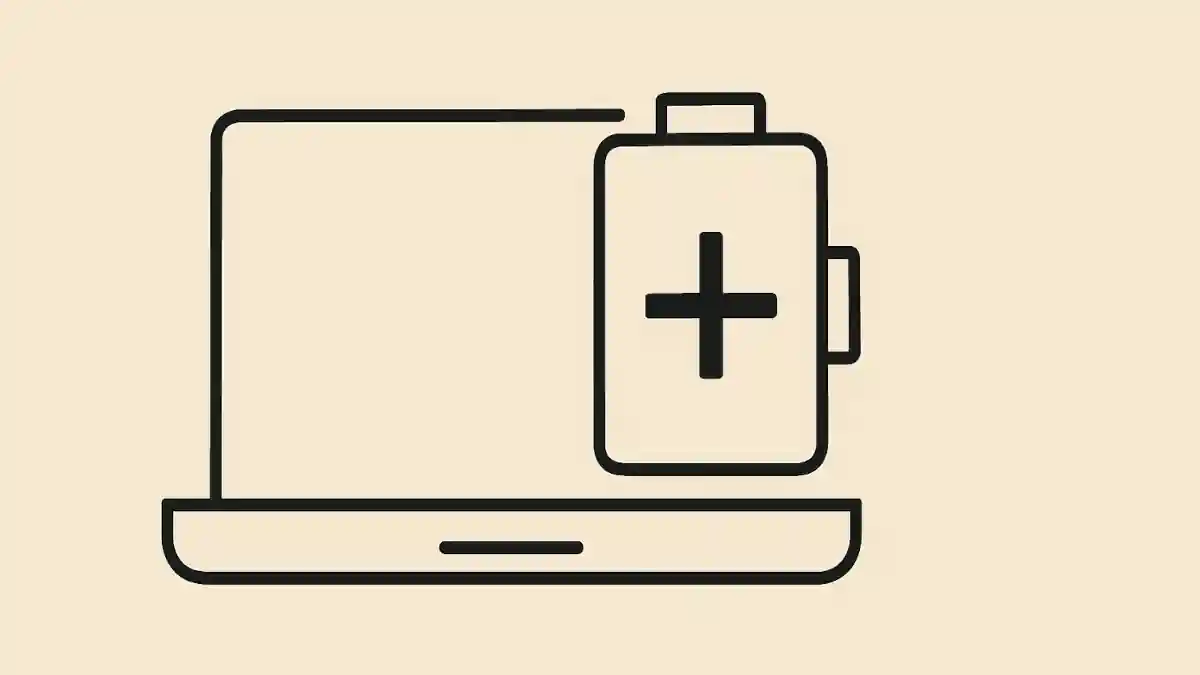Laptop batteries degrade over time, but with the right habits, you can make your battery last longer per charge and extend its overall lifespan.

Power & Performance Settings
- Enable Battery Saver / Power Saver Mode – reduces screen brightness, limits background activity, and slows CPU when possible.
- Adjust Sleep & Screen Settings – shorten the idle time before the screen turns off and the laptop sleeps.
- Lower Performance Mode – if you’re not gaming or doing heavy tasks, switch to a balanced or power saver plan.
Manage Connectivity
- Turn Off Wi-Fi & Bluetooth when not needed.
- Disable Background Sync Apps (cloud storage, email auto-sync) unless necessary.
- Use Airplane Mode if you’re just working offline.
Display & Peripherals
- Reduce Screen Brightness – the display is one of the biggest battery drains.
- Turn Off Keyboard Backlight unless you really need it.
- Disconnect External Devices (USB drives, hard disks, webcams, wireless dongles) – they draw power even when idle.
Software & Apps
- Close Unused Apps & Browser Tabs – each tab can consume CPU and RAM.
- Stop Background Processes you don’t need (music players, updaters, chat apps).
- Keep Software & Drivers Updated – updates often improve efficiency.
Hardware & Charging Habits
- Avoid Extreme Temperatures – heat especially shortens battery life.
- Don’t Keep It Plugged In All the Time – try to let it discharge to around 20–30% before recharging to 80–90% (lithium-ion batteries last longer this way).
- Remove Battery-Hungry Peripherals – external monitors and hard drives increase drain.
Long-Term Maintenance
- Calibrate the Battery occasionally (fully charge, then let it discharge almost fully before recharging).
- Replace Old Batteries – if your laptop is a few years old, the battery may simply be worn out.